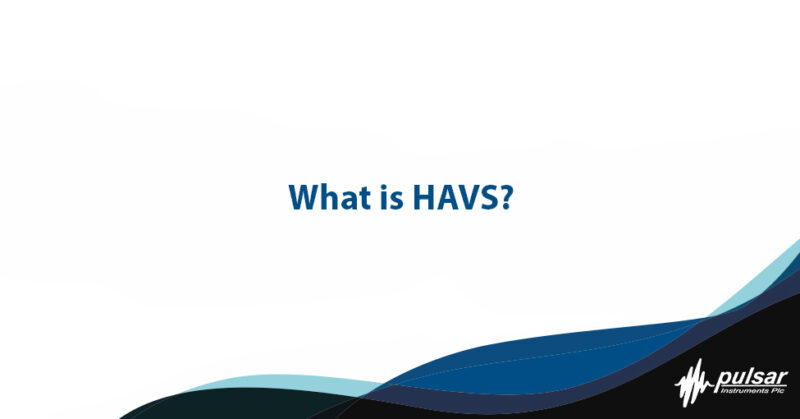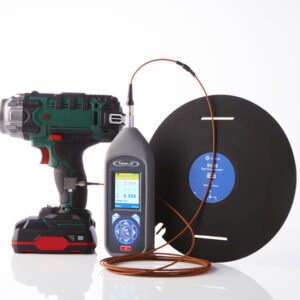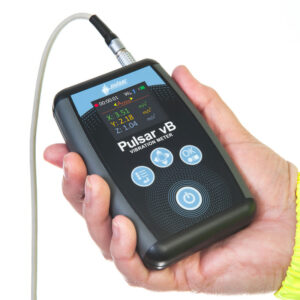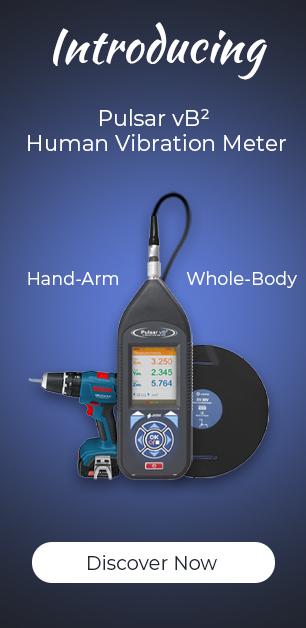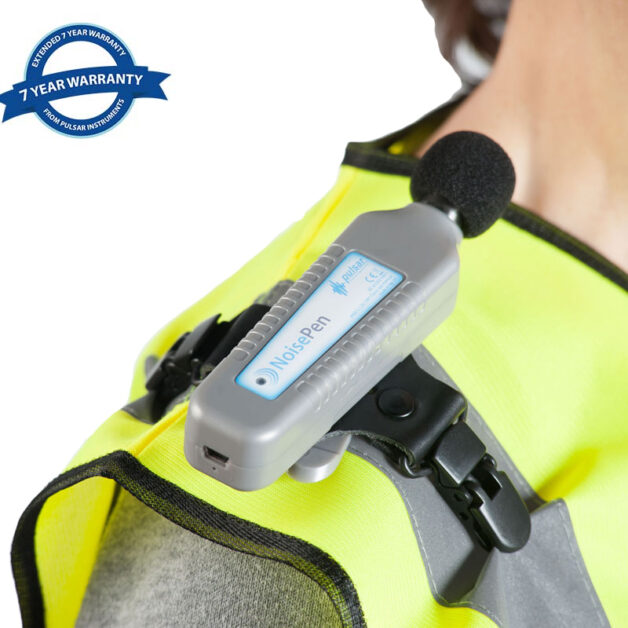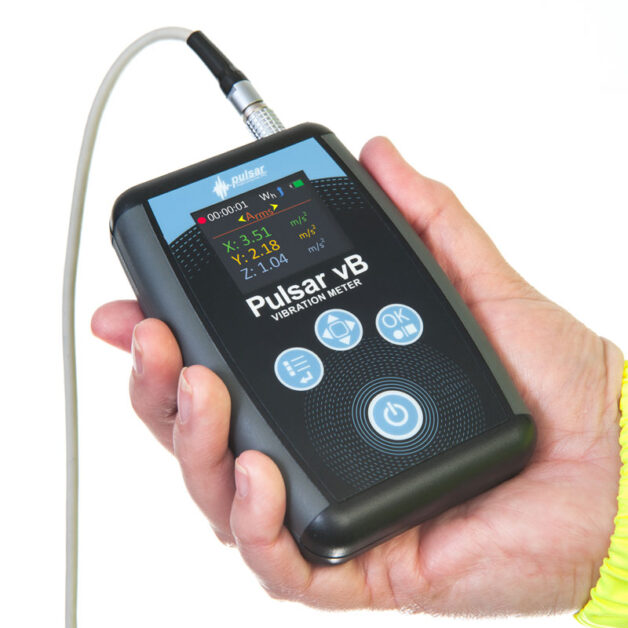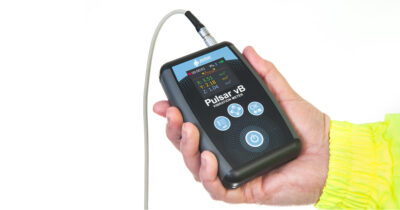The use of hand-held vibrating power tools for long periods of time and/or repeated and frequent use can lead to a permanent and painful injury called Hand-Arm Vibration Syndrome (HAVS). HAVS is a life-changing condition that leaves the sufferer with significant ill health.
HAVS is an irreversible injury affecting blood vessels, nerves, and joints such as carpal tunnel syndrome and Vibration White Finger (VWF). This can have a drastic impact on the sufferer’s ability to use their hands.
Under the Control of Vibration at Work Regulations 2005 employers must assess and identify measures to eliminate or reduce risks from exposures to harmful vibration and where required, to provide appropriate training and ongoing health surveillance.
If, as an employer, you do not do that then you not only put your employees at risk of a terrible disabling injury, but you also put your business at risk through substantial financial penalties as well as the loss of reputation.
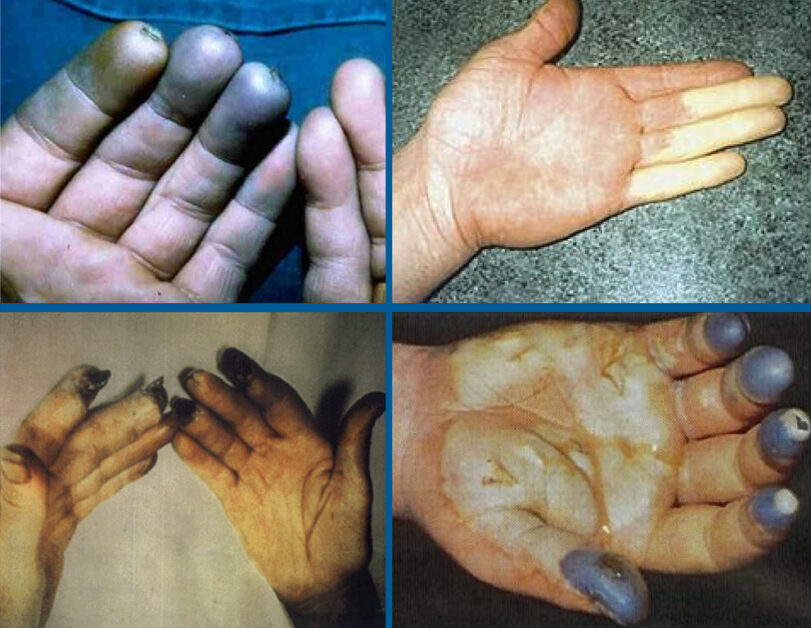
The Extent of The HAVS Problem.
There have been several high-profile, successful prosecutions of companies of all sizes, totaling over £5m since 2015. Unlike with Noise at Work cases, there is no cap for HAVS fines with some companies being fined over £500,000. In addition, the UK Health and Safety Executive’s (HSE) research indicates that it costs a company between £7,000 and £36,000 to process every £1000 paid out in compensation claims – this is in addition to the actual amount paid out for the claim and any legal fees incurred.
In a 1999 study by the UK Medical Research Council (MRC) 4.8 million people worldwide were estimated to be at risk; of these around 1.7 million were expected to be exposed above the vibration Exposure Action Value (EAV) of 5 m/s2 and 1 million exposed above the Exposure Limit Value (ELV) 2.5 m/s2. In the UK alone, the Health and Safety Executive (HSE) estimates that there are 2 million people are at risk of vibration exposure every day.
In fact, there are 600-900 cases reported to the HSE under the Reporting of Injuries, Diseases and Dangerous Occurrences Regulations (RIDDOR). Claims for Vibration White Finger (VWF) now represent 9% of all employers’ liability cases, and there were over 400 new Industrial Injuries Disablement Benefit cases for it and carpal tunnel syndrome in 2017. Data for the UK in 2018 showed claim levels were continuing to fall with around 325 cases reported, but 2019 saw a slight increase with 340 cases. There has been no official statistic published for 2020 or 2021 yet.
Do You Need to Monitor for Vibration?
The Control of Vibration at Work Regulations 2005 was introduced to better protect workers from vibration at work and came into force in July 2005. By law, as an employer, you must assess and identify measures to eliminate or reduce risks from exposure to hand-arm vibration so that you can protect your employees from risks to their health.
This will depend on whether your employees regularly and frequently work with vibrating tools and equipment and/or handle vibrating materials. It will also depend on how long your employees are exposed to vibration and at what level. As a simple guide, you will probably need to do something about vibration exposures if any of the following apply.
- Do your employees complain of tingling and numbness in their hands or fingers after using vibrating tools?
- Do your employees hold workpieces that vibrate while being processed by powered machinery such as pedestal grinders?
- Do your employees regularly use hand-held or hand-guided power tools and machines such as:
- Concrete breakers, concrete pokers
- Sanders, grinders, disc cutters
- Hammer drills
- Chipping hammers
- Chainsaws, brush cutters, hedge trimmers
- Powered mowers
- Scabblers or needle guns
What Do You Measure in a HAVS Risk Assessment?
You measure the potential a power tool, for instance, has to damage someone. The operation of a power tool is measured using a handheld vibration meter; this tells you the total vibration (Vector Sum) of the tool along three axis X, Y, Z (into the palm, across the knuckles, and up the arm) of the person using the tool. From here, you can use the software provided with the meter, or the HSEs calculator, to work out the potential hand-arm vibration exposure from the tool, and how long an employee can use it for before they are at risk of damage.
Why Do You Need to Measure Vibration?
The key reason for measuring vibration is to reduce the risks of your employees developing hand-arm vibration syndrome (HAVS). You should use a hand-arm vibration meter to measure the vibration magnitude of tools if:
- Suitable vibration data is not readily available
- You are unable to make a reasonable estimate of the vibration exposure level and you can’t say with any confidence whether the Exposure Action Value (EAV) has been exceeded or not.
- You need reassurance that the data you have used is accurate
- You need measurements to confirm whether any control measures you have put in place are successful
- You need your own measurements to give you data with which to fight personal claims.
Reliability of Manufacturers’ Data
Whilst manufacturer’s data can be useful in comparing one tool with another, especially for ‘buy smooth’ procurement decisions, when carrying out a vibration assessment, it is vital to collect your own vibration data for each piece of equipment used and for each kind of task it is used for. You cannot simply rely on manufacturers’ data; this is because the tools are used in ‘favourable’ factory conditions and how you use the tool, or its age or level of maintenance, could be completely different. As alternatives to using manufacturers’ data, the HSE provides a table of expected levels of vibration from different tools which can be used as an initial assessment – but not in the full risk assessments.
If the tool you are measuring has two handles, for instance on some strimmers or chainsaws, you should measure vibration from both (as there are two places for the operator to receive vibration), but always take the higher value when assessing exposure.
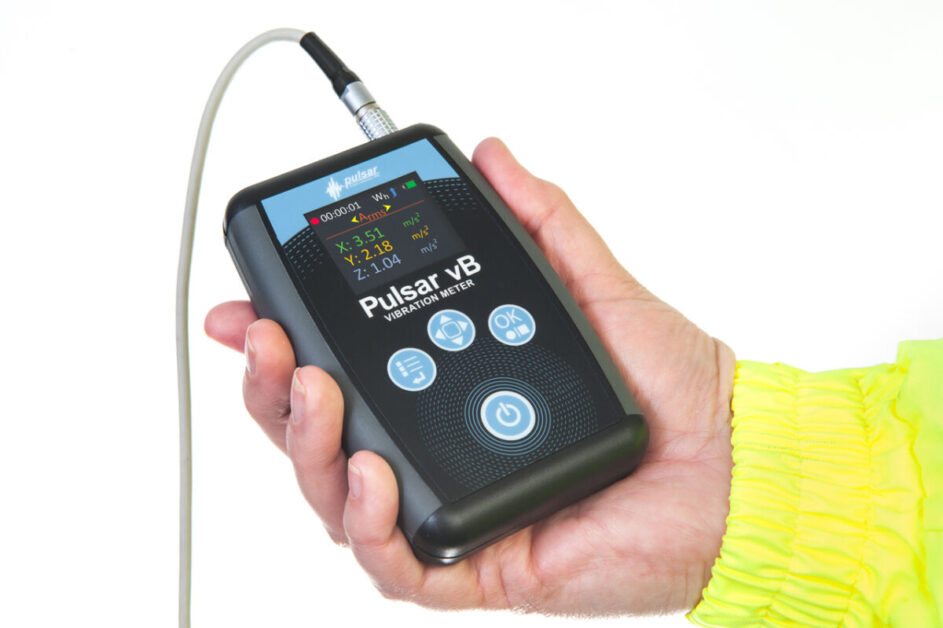
Calculating HAVS Exposure
The most accurate way to calculate an employee’s exposure to HAVS is to use a hand-arm vibration meter, sometimes called a HAVS meter. Using this you can calculate the vector sum of the power tool which will enable you to use vibration exposure points or tool timers to calculate an employee’s exact daily exposure.
Using Vibration Exposure Points
The action value of 100 points is made up of all the trigger times from all the tools used by a worker in their job on any given working day. Assessing points per hour or per 15 mins trigger time seems to work well for most tools. It is much simpler to add the points up and use a Ready Reckoner (based on the HSE’s) to identify overall vibration exposure than to add the vibration magnitude (A(8) Vector Sum data) of individual tools. On the Ready Reckoner, the exposures for different combinations of vibration magnitude and exposure time are given in exposure points instead of values in m/s2 A(8). Note that:
- Exposure points change simply with time: twice the exposure time, twice the number of points;
- Exposure points can be added together, for example where a worker is exposed to two or more different sources of vibration in a day;
- The EAV (2.5 m/s2 A(8)) is equal to 100 points;
- The ELV (5 m/s2 A(8)) is equal to 400 points;
| Vibration Magnitude (over an 8-hour reference period) | Vibration Exposure Points | |
| The daily Exposure Limit Value (ELV) | 5 m/s2 A(8) | 400 points |
| The daily Exposure Action Value (EAV) | 2.5 m/s2 A(8) | 100 points |
Vibration Tool Timers
The use of vibration tool timers can significantly improve the way in which you monitor your employee’s exposure to vibration. To ensure maximum accuracy, you need to pair these timers with a fully calibrated vibration meter in order to get the correct vibration magnitude. Once this is done, you can then input this value into the tool timer, and it will automatically calculate your vibration exposure points.
Ensuring that you monitor these exposure levels enables you to rotate employees’ tasks depending on their exposure level for the day. For example, if you have an employee who is using a jackhammer, they will need to be rotated onto a task that doesn’t involve power tools or high vibration levels to avoid them exceeding the 100-point Exposure Action Value(EAV), ideally.
Vibration Dosemeters
Monitoring the vibration of a tool is vital, but monitoring which tools your employees use and how long they use them for can be the tricky part, especially if they switch between tools multiple times during the day.
Vibration Dosemeters make this easier as they usually fit to the palm of the user’s hand, ensuring that you are measuring the vibration magnitude as close to the hand as possible, rather than from the wrist.
How can we help?
Whether you are looking for advice, a consultant to carry out your assessment or to purchase your own hand-arm vibration meter, we are happy to help.
Simply message us below on the live chat, call us on +44 1723 339 715 or email us at [email protected] and one of our expert staff will be happy to help.
-
 Pulsar vB² Human Vibration MeterFrom £3,046.00 (Ex. VAT/GST)
Pulsar vB² Human Vibration MeterFrom £3,046.00 (Ex. VAT/GST) -
 HAV Meter – Pulsar vB hand arm vibration meterFrom £2,695.00 (Ex. VAT/GST)
HAV Meter – Pulsar vB hand arm vibration meterFrom £2,695.00 (Ex. VAT/GST)
